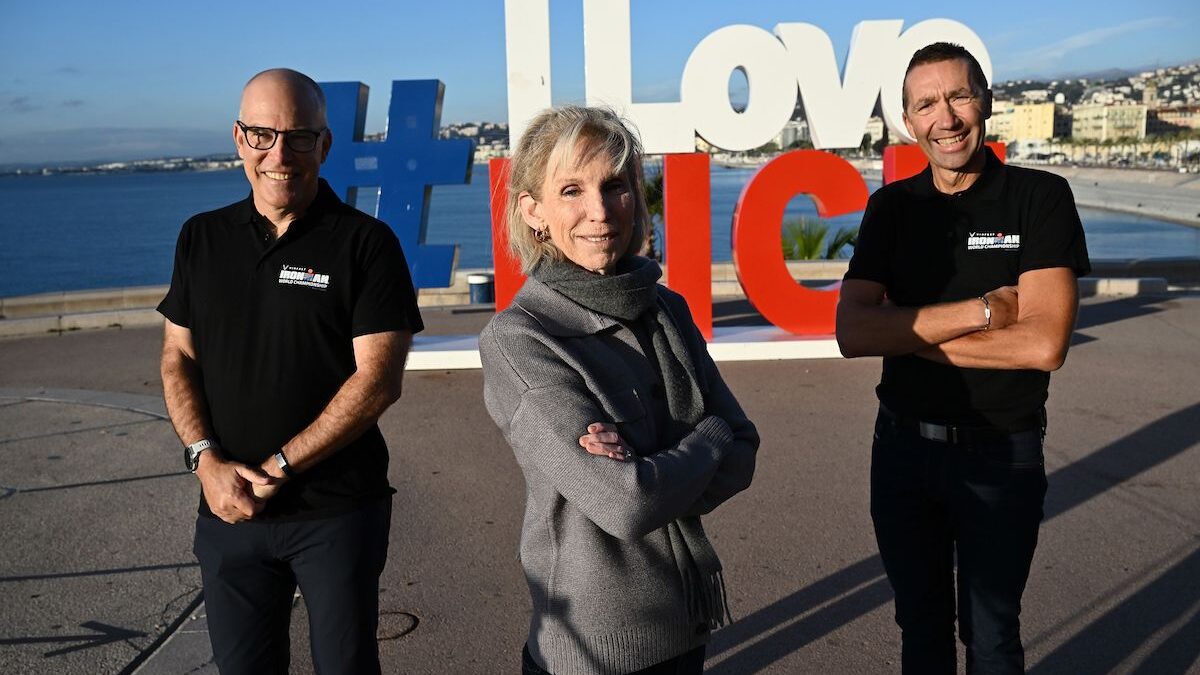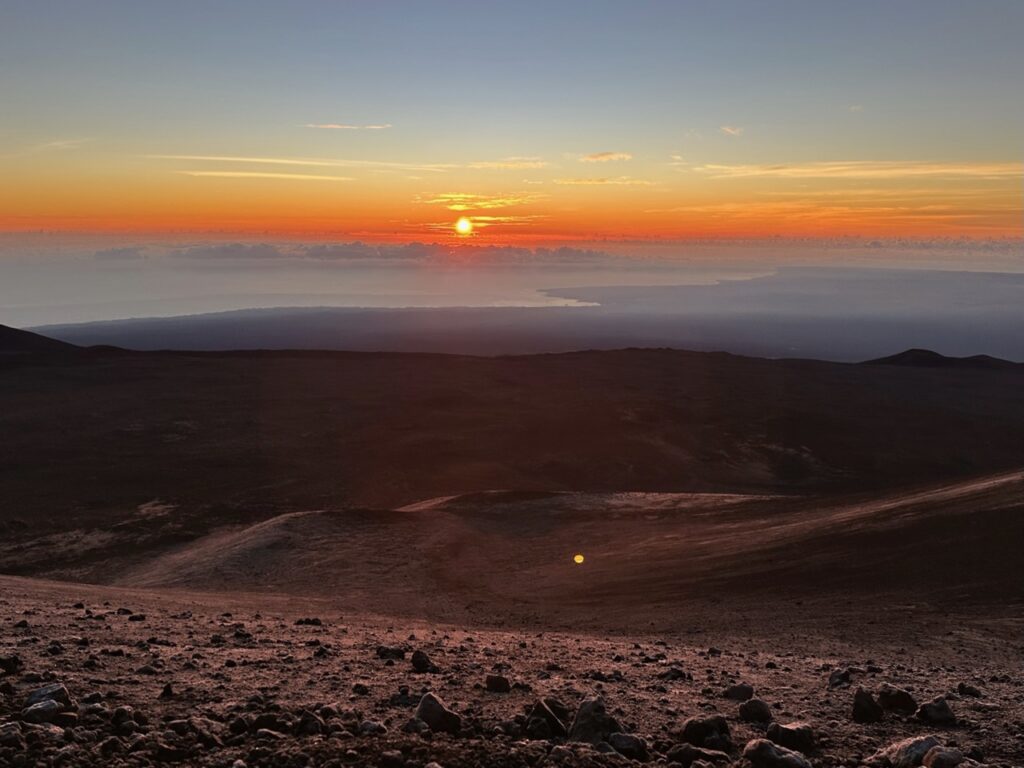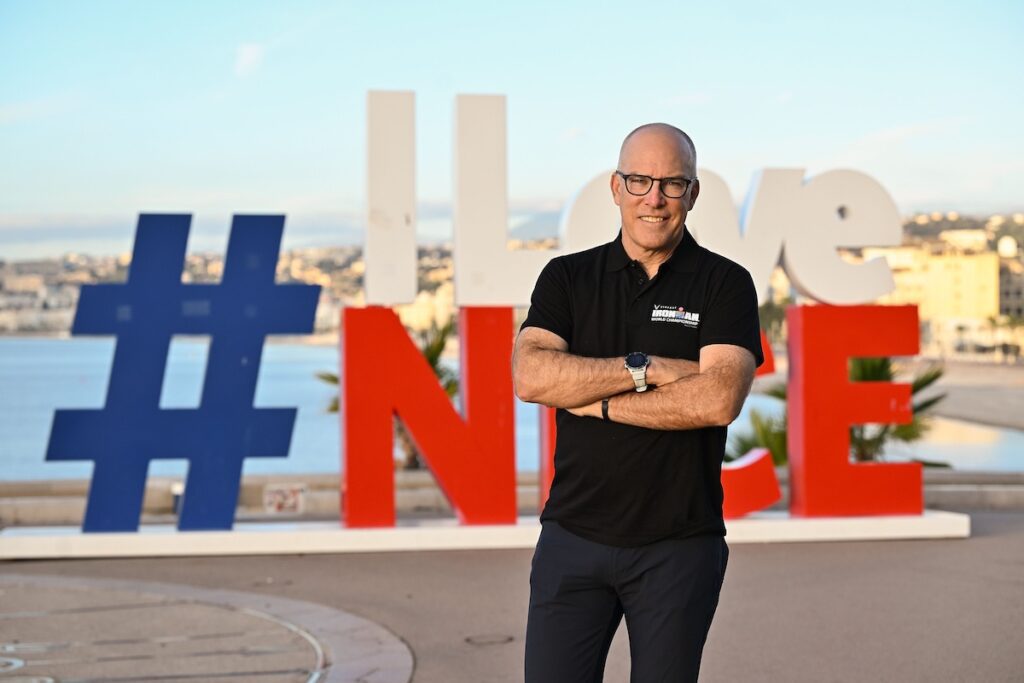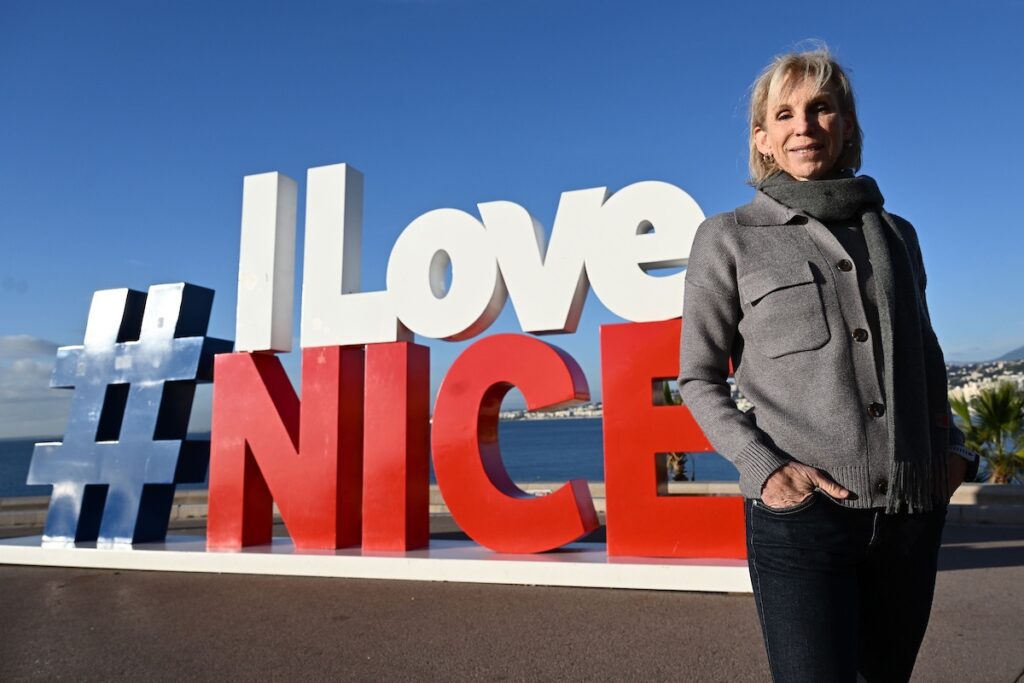Nice is not Kona. Get over it
7 reasons we need to look forward to an Ironman World Championship in Nice
 Photo by:
Tullio M Puglia, Getty Images
Photo by:
Tullio M Puglia, Getty Images
While it’s not technically the oldest race venue in Europe (that honour goes to Challenge Almere, which held its first event in 1981), Nice, France has long been considered one of the sport’s epic destinations. The Nice International triathlon got its start in 1982, and for almost two decades was considered one of the sport’s most prestigious events. Put on by International Management Group (IMG), the first race was supposed to take place in Monaco, but, “just two months before it was to take place, Princess Grace of Monaco died in a horrific car crash,” Mark Allen wrote on markallensports.com. “Monaco, in mourning, put a moratorium on holding any kind of celebratory sporting events like the triathlon for one year.”
Related: Ironman announces men’s site for the 2023 World Championship
So the race ended up in Nice. It was aired on CBS (as opposed to the Ironman World Championship, which aired on ABC). There was prize money from day one – Ironman wouldn’t start providing prize money at the world champs until 1986. While the first race was very run heavy – 1,500 m swim, 100 km bike and a 42.2 km run, the following year the distances were changed to 3 km/ 120 km and 32 km. The bike course was spectacular, including lots of climbs and spectacular views through the mountains behind Nice.
Allen is all too familiar with the race in Nice – he would take that title 10 times and was undefeated on the course. IMG stepped out of the picture after 1993, but the event continued to shine on the international scene – between 1994 and 2004 the race hosted the World Triathlon Long Distance Championships five times. In 2005 Ironman Nice was introduced, continuing the city’s tradition of hosting a world-class long-distance triathlon race.
In addition to Allen, the list of Nice champions includes a who’s who of triathlon history. Paula Newby-Fraser (pictured above with Ironman CEO Andrew Messick and Ironman France race director Yves Cordier) won the race four times. Erin Baker took two titles, with Miranda Carfrae taking the win in 2004. On the men’s side, some big name winners included Rob Barel, Luc Van Lierde and Simon Lessing.

It isn’t Kona
OK, so the race has some classic history. It’s still not Kona, you’re saying. I get that. For many triathletes, Kona is the ultimate destination. It’s our sport’s Wimbledon. Qualifying for Kona is one of the sport’s most impressive achievements.
Let’s be real – Ironman is a business
Here’s the thing. Ironman is a corporate entity. As Les McDonald, the founder of what is now World Triathlon, used to always say to me, it makes no sense that a corporation puts on a world championship, but that’s the hand triathlon has been dealt. (Adding to the irony of all that, McDonald won his age group five times in Kona, but I digress.) Whether you like it or not, Ironman is how the sport got started. Yes, there were triathlon events before that, but it was Ironman that put swim, bike and run on the map. Ironman, the corporation, needs to have lots of events to ensure it is a profitable entity. All those events need to have qualifying spots to the world championship – that’s part of the draw of an Ironman race in the first place. Ironman CEO Andrew Messick made it very clear last year when Ironman hosted the 2021 world championship in St. George that, as far as he was concerned, the future of the Ironman World Championship included two days of racing. One for the women, one for the men. That happened in Kona last year, but the community made it abundantly clear that they weren’t up for repeat performance in 2023.
Pro women have their day
Money isn’t the only reason Messick feels strongly on that front. Amongst other reasons, he feels the pro women should have a chance to have their own day, and he’s also keenly aware of just how hard it is for age groupers to qualify for Kona these days. (Yes, that’s because there are more races, I know, but I do believe that its good for many regions and countries to have events, so I’m going to accept that more races isn’t a bad thing.)
So, as much as I wish Ironman could simply scale things down and keep the world championship field to 2,000 or 2,400 athletes, it’s not going to happen. I would love to see races with smaller fields, but that’s not the way things are going to be. Ironman needs to put on big races. Smaller races want to increase the size of their fields. That’s not going to change. The world championship needs to be two days. That can’t happen in Kona. If you’re going to pick an alternate spot, Nice isn’t a bad option.

Upsides?
There are lots of European athletes who qualify for Kona and simply can’t make the trip happen. As expensive as it is for us here in North America to get to the Big Island, it’s a lot more when you’re coming from Europe. Then there’s the 12-hour time difference that many Europeans face when it comes to racing in Kona. While many European pros will get to Hawaii weeks ahead of the race, that’s not an option for most age group competitors. Maybe its not a bad deal that every second year it’s the North Americans who are dealing with the worst of the time change.
Defining the greats
The Nice course will also suit a certain style of athlete – read, someone who can climb on a bike. There’s not a lot of technical skill required for the Kona course. Maybe it’s also not a bad thing that in the future our best athletes will need to be able to excel at a few different types of courses. (When it comes to measuring greatness in tennis, for example, winning all four majors on three different surfaces is at the top of the list.) Versatility has been an important factor for many of triathlon’s greats, too. Paula Newby-Fraser won Kona eight times, but also won just about everywhere else on the planet. Athletes like Mark Allen, Dave Scott, Erin Baker, Natasha Badmann, Chrissie Wellington, Jan Frodeno, Daniela Ryf – the list could go on for a bit – weren’t exclusively great in Kona. Maybe, in the future, we’ll gauge the best Ironman athletes of all time by whether or not they could win both Kona and Nice.
Champions figure out how to win
Some might say that the weather conditions in Nice (it’s not likely to be as hot, humid or windy as Kona) will open the door for some different champions. While that could be an upside, I think we’ll see that, for the most part, the top athletes will excel in both venues. Jan Frodeno told me that he had no interest in the Ironman 70.3 World Championship in Nice because the course didn’t suit him. You’d be nuts to bet against him if he lines up there in September. Great athletes figure out how to win. They might not win as often on courses, or in conditions, that don’t suit them, but they get it done. (Scott Molina struggled almost every time he raced in Kona, but he won there in 1988.)
Related: What are the easiest races to qualify for the Ironman World Championship in 2023?

And there’s still racing in Kona
One of the best things to come out of all this is a commitment that there will be an Ironman World Championship on the Big Island until 2026. My guess is it will continue long after that, too.
“Hawaii is in our DNA and we look forward to the first-ever exclusively women’s world championship race week in Kona,” Messick said in the initial announcement last year.
Athletes who dream of Kona will still have that option. It might not be every year any longer, but it’s not gone completely. That could very well have been the final outcome when the folks in Kona said they weren’t willing to host two days of racing. We could have seen the Ironman World Championship rotate around the world, just as the 70.3 worlds do. (Anyone else wondering just how much Saudi Arabia or Qatar would be willing to pay to host two days of racing?)
I get that many people aren’t ready to embrace this new era of world championship Ironman racing. Change is never easy. But this is happening, whether we like it or not. And, Nice is nice. It’s really nice. It should make for quite a world championship race next September.
